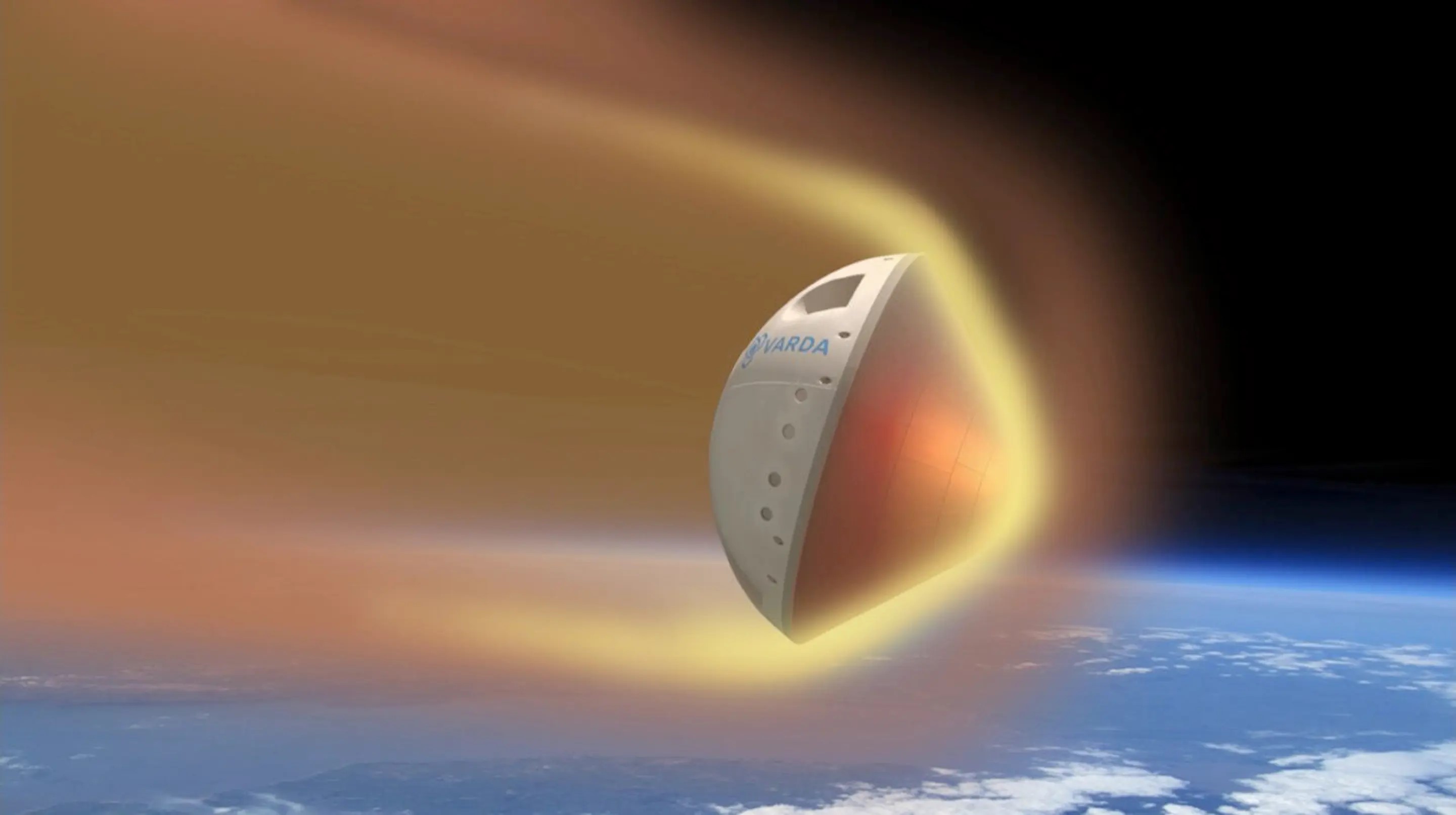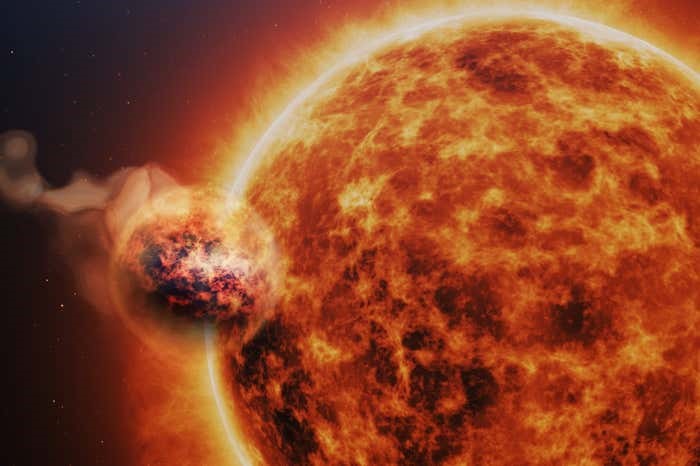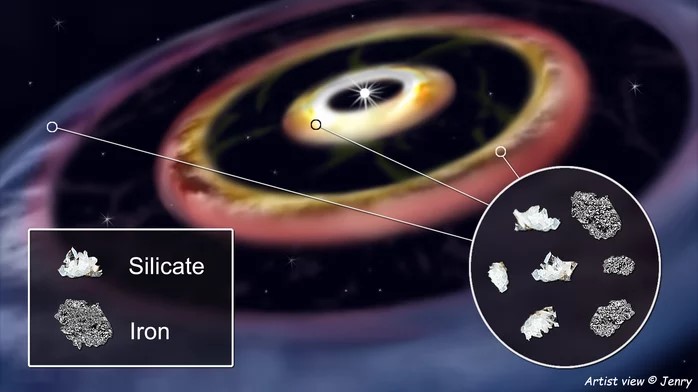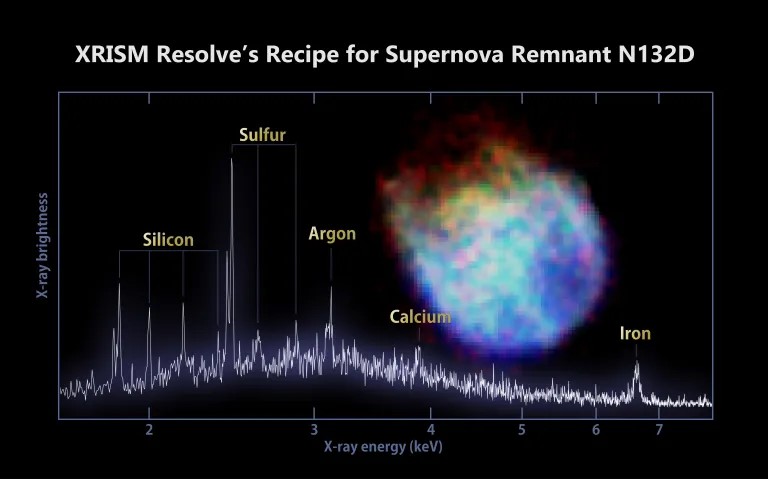Cosmic Enigma Solved? Extreme Stars May Hold the Key to Mysterious Radio Bursts
An international research team, led by Michael Kramer and Kuo Liu from the Max Planck Institute for Radio Astronomy in Bonn, Germany, has conducted a comprehensive study on magnetars, a rare type of ultra-dense stars. Their investigation has revealed a universal law applicable to various objects categorized as neutron stars. This law offers valuable insights into the mechanisms behind the production of radio emissions in these celestial bodies. Moreover, it raises the intriguing possibility of establishing a connection between these neutron stars and the enigmatic phenomena of Fast Radio Bursts, mysterious flashes of radio light originating from the distant cosmos.

Figure 1. Resolving the Cosmic Enigma? Unknown Radio Bursts Could Be Explained by Extreme Stars
Knowing About Neutron Stars
Figure 1 shows Resolving the Cosmic Enigma? Unknown Radio Bursts Could Be Explained by Extreme Stars Neutron stars, the remnants of massive stars that have undergone gravitational collapse, exhibit an extraordinary density, packing up to twice the mass of the sun into a remarkably compact sphere less than 25 km (15 miles) in diameter. This extreme density forces electrons and protons to merge into neutrons, leading to the star's designation. Over 3000 neutron stars are observable as radio pulsars, emitting a detectable radio beam that manifests as a pulsating signal when the rotating pulsar directs its light toward Earth and becomes visible through telescopes.
Magnetars and Their Distinctive Features
Pulsars, already possessing magnetic fields a thousand billion times stronger than Earth's, include a subset known as magnetars with magnetic fields even 1000 times more intense. Among approximately 30 identified magnetars, six have been found to intermittently emit radio signals. Some propose that extragalactic magnetars could be the source of Fast Radio Bursts (FRBs). Researchers from the Max Planck Institute for Radio Astronomy (MPIfR), in collaboration with the University of Manchester, examined the detailed pulses of magnetars and identified sub-structures within them. Interestingly, similar pulse structures were observed in pulsars, fast-rotating millisecond pulsars, and other neutron star sources termed Rotating Radio Transients, offering insights into potential links between these diverse celestial objects.
Finding of the Universal Scaling Law
In a surprising discovery, researchers determined that the timescales of magnetars and other types of neutron stars exhibit a consistent universal relationship, precisely scaling with the rotation period. This finding implies that neutron stars, whether rotating in milliseconds or nearly 100 seconds, exhibit magnetar-like behavior, suggesting a common intrinsic origin for the subpulse structure in all radio-loud neutron stars. This revelation provides insights into the underlying plasma processes driving radio emissions and offers a valuable opportunity to interpret similar structures observed in Fast Radio Bursts (FRBs) as outcomes of corresponding rotational periods.
Research Team Perspectives
The study, led by Michael Kramer of the Max Planck Institute for Radio Astronomy, aimed to compare magnetar emissions with Fast Radio Bursts (FRBs). Surprisingly, the researchers discovered a universal scaling across all radio-loud neutron stars, irrespective of their age or energy source. While magnetars are thought to be powered by magnetic fields and others by rotational energy, the observed scaling suggests a common underlying mechanism. The team conducted observations with the 100-m radio telescope in Effelsberg, emphasizing the need for flexibility due to the sporadic nature of magnetar radio emissions.
FRB-Magnetar Interaction
Ben Stappers, a co-author of the study, finds the most thrilling aspect of the results in the potential connection to Fast Radio Bursts (FRBs). If some FRBs indeed stem from magnetars, the observed timescale of substructure in the bursts could potentially reveal the rotation period of the underlying magnetar source. Detecting this periodicity in the data would mark a significant milestone in understanding the nature of FRBs as radio sources.
Source: SciTechDaily
Cite this article:
Janani R (2023), Cosmic Enigma Solved? Extreme Stars May Hold the Key to Mysterious Radio Bursts, AnaTechMaz, pp.10















